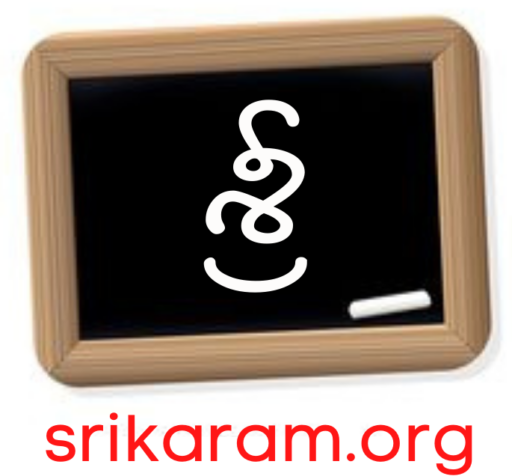The Aryan vs Dravidian theory is a significant and sometimes controversial topic in the study of Indian history, linguistics, and culture. It relates to the origins, migrations, and cultural identities of the people of the Indian subcontinent, particularly focusing on the linguistic and ethnic divisions between the Indo-Aryan and Dravidian groups.
1. Background: Who Are the Aryans and Dravidians?
- Aryans:
The term “Aryan” historically refers to the group of people who spoke the early Indo-Aryan languages, part of the larger Indo-European language family. The Aryans are believed to have migrated into the Indian subcontinent around 1500 BCE from Central Asia or the Eurasian Steppe. They are traditionally associated with the Vedic culture and texts, which form the basis of early Hinduism. - Dravidians:
The Dravidians are the native inhabitants of southern India and parts of central India. They speak Dravidian languages such as Tamil, Telugu, Kannada, and Malayalam. The Dravidian culture predates the Aryan migration, with archaeological and linguistic evidence suggesting an ancient civilization with its own distinct language and traditions.
2. The Aryan Migration/Invasion Theory
- The Aryan Migration Theory proposes that Aryans migrated into India around 1500 BCE, bringing with them their language (early Sanskrit), culture, and religious practices. This theory was based on linguistic similarities between Sanskrit and other Indo-European languages, and interpretations of Vedic texts.
- The earlier Aryan Invasion Theory suggested that Aryans invaded and displaced the indigenous Dravidian populations, but this has been largely replaced by the migration theory emphasizing gradual settlement rather than violent conquest.
3. The Dravidian Hypothesis
- The Dravidian hypothesis holds that Dravidian people were the original inhabitants of the Indian subcontinent, with an ancient civilization possibly linked to the Indus Valley Civilization (Harappan Civilization).
- The theory posits that the Dravidian languages were widespread before the arrival of Indo-Aryan languages and that the cultural and linguistic imprints of the Dravidians remain strong in southern India.
4. Linguistic Differences
- Aryan Languages: Part of the Indo-European family, including Hindi, Bengali, Marathi, Punjabi, and others primarily spoken in northern and central India.
- Dravidian Languages: Include Tamil, Telugu, Kannada, and Malayalam, mostly spoken in southern India.
These linguistic differences highlight two distinct cultural and ethnic groups in India, though centuries of coexistence have led to cultural blending.
5. Archaeological and Genetic Evidence
- Indus Valley Civilization (IVC):
Many scholars associate the Dravidians with the IVC, one of the world’s earliest urban civilizations (c. 3300–1300 BCE). The script of IVC remains undeciphered, but some suggest it could be related to proto-Dravidian languages. - Genetic Studies:
Modern genetic research indicates that the Indian population is a complex admixture of several ancient groups, including ancestral northern Eurasian (Aryan) and indigenous South Asian (Dravidian) components.
6. Cultural and Religious Influence
- The Aryans introduced Vedic religion, rituals, and Sanskrit literature, forming the foundation of Hinduism.
- The Dravidians contributed significantly to South Indian culture, temple architecture, classical literature (especially Tamil Sangam literature), and traditions such as Bharatanatyam dance.
7. Criticism and Contemporary Views
- The Aryan vs Dravidian theory has been criticized for oversimplifying India’s complex cultural and ethnic history.
- The notion of an “Aryan invasion” has been challenged and replaced by migration and interaction models.
- Modern scholars emphasize the synthesis and continuous interaction between Aryan and Dravidian cultures rather than strict opposition.
8. Political and Social Impact
- The Aryan vs Dravidian debate has had significant political implications in India, particularly in Tamil Nadu, where Dravidian identity politics arose partly in reaction to perceived Aryan dominance.
- It has influenced discussions on caste, language policies, and regional identities.
Summary Table
| Aspect | Aryan | Dravidian |
|---|---|---|
| Language Family | Indo-European (Indo-Aryan) | Dravidian |
| Geographic Origin | Central Asia / Eurasian Steppe | Indigenous to South Asia (esp. South India) |
| Time of Arrival | Around 1500 BCE (migration) | Ancient inhabitants pre-dating Aryans |
| Associated Culture | Vedic culture, Sanskrit | Indus Valley Civilization, Dravidian culture |
| Language Examples | Hindi, Bengali, Marathi | Tamil, Telugu, Kannada, Malayalam |
| Religious Influence | Vedic religion, early Hinduism | South Indian traditions, classical Tamil literature |
| Genetic Influence | Northern Eurasian components | Indigenous South Asian components |
| Political Impact | Associated with North India | Strong regional identity in South India |
Conclusion
The Aryan vs Dravidian theory provides important insights into the linguistic, cultural, and historical diversity of India. While originally framed as a dichotomy or conflict, modern research and scholarship favor a more integrated view, recognizing the deep and ongoing interactions between these two major cultural streams. Understanding this theory helps appreciate the rich tapestry of India’s past and its enduring cultural plurality.
